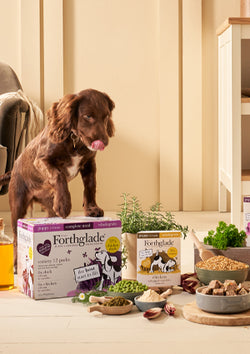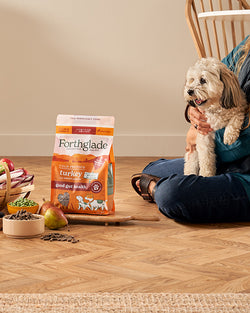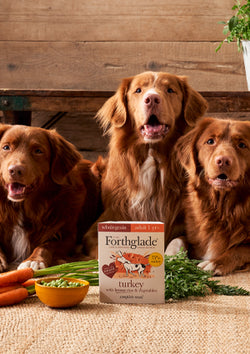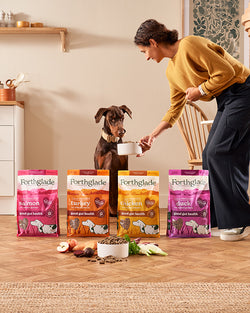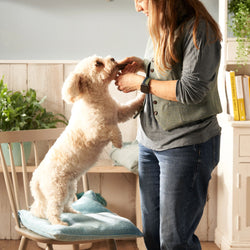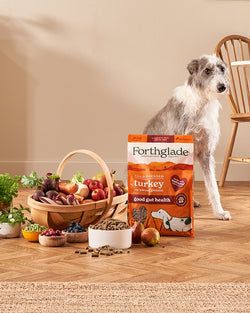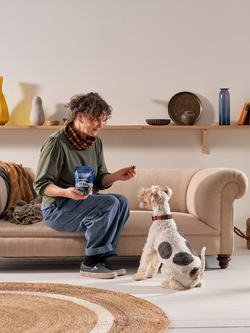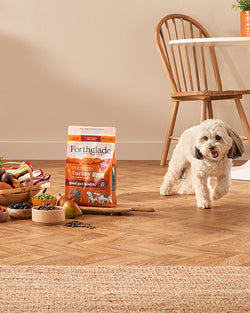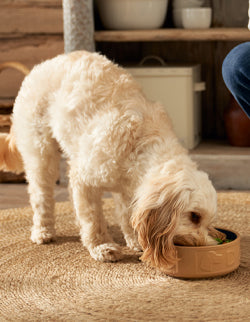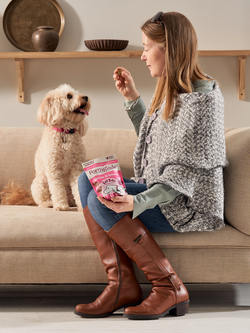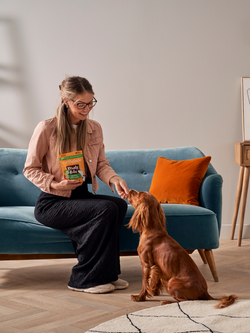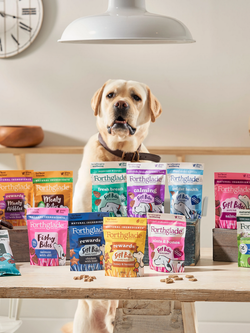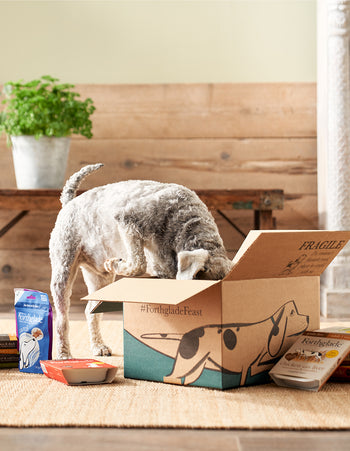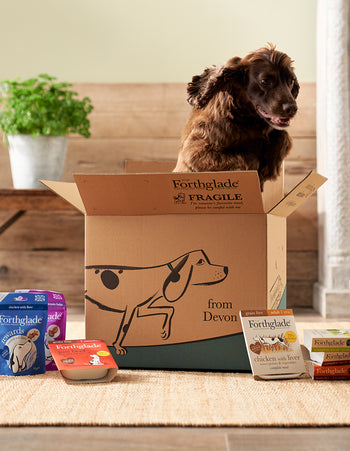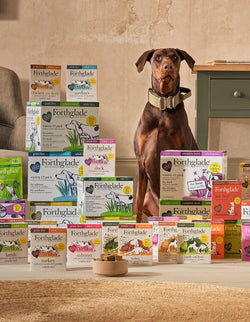How to Relieve Dog’s Itchy Skin
No one likes to feel itchy and that includes our pups. If your dog has been scratching more than usual, biting or licking at their skin, or even losing patches of fur, you’re probably wondering how to relieve your dog’s itchy skin and help them feel comfortable again.
Itchy skin is a common issue for dogs and there are plenty of ways to support them at home, starting with finding the cause.

Symptoms of Itchy Skin
Itchy skin in dogs can show up in lots of different ways. Some of the most common signs to look out for include:
- Excessive scratching: Frequent scratching that’s more than just the usual occasional itch.
- Nibbling or biting: Dogs may chew or nibble persistently at certain areas, often leaving the skin red or sore.
- Licking: Constant licking of paws, legs, or other parts of the body.
- Restlessness: Your dog may seem unable to settle or may stop playing to scratch.
- Hair loss or bald patches: Over time, repeated itching can lead to thinning fur or bald spots.
- Red or inflamed skin: Irritated areas may become visibly red or swollen.
If you’ve noticed any of these symptoms, it’s time to explore what might be causing your dog’s discomfort.
Why is My Dog Itchy?
There are lots of reasons why your dog might be itching, including:
- Fleas and parasites: Flea bites are one of the most common causes of itching. Even a single flea can trigger intense scratching.
- Environmental allergies: Just like humans, dogs can react to pollen, dust, grass, and even cleaning products.
- Food allergies: Some dogs develop allergies or sensitivities to certain ingredients in their food, such as grains, beef, or chicken. Read more about food allergies in dogs.
- Dry skin: Cold weather, low humidity, or too many baths can dry out your dog’s skin.
- Skin infections: Bacterial or yeast infections can cause itchiness and irritation.
- Underlying health conditions: Sometimes, itchy skin can be linked to hormonal imbalances or other medical issues.
Understanding the root cause is key to finding the right solution.

How to Help Dog’s Itchy Skin
Here are some simple steps you can try at home to help soothe your dog’s itchy skin:
- Regular grooming: Brushing your dog helps remove allergens, loose fur, and can stimulate healthy skin.
- Use dog-friendly shampoos: Choose gentle, natural shampoos that are designed to soothe sensitive skin.
- Add omega-3 fatty acids: These support skin health and can help reduce dryness and inflammation.
- Avoid known allergens: If you suspect pollen or grass are triggers, try to limit exposure after walks by wiping your dog’s paws and coat.
- Switch to a hypoallergenic food: A change in diet can make a huge difference if your dog’s itching is linked to food sensitivities. Explore our hypoallergenic dog food.
If home remedies aren’t helping, or if symptoms are getting worse, it’s best to seek professional advice.
When to Visit the Vet
You should always speak to your vet if:
- The itching is severe or constant.
- Your dog is losing fur or developing sores.
- There are signs of infection like swelling, oozing, or a bad smell.
- You’ve tried home treatments and nothing is improving.
Your vet can run tests to get to the bottom of the problem and recommend the best treatment plan.

The Best Dog Food for Itchy Skin
If your dog’s itchy skin is caused by food sensitivities, switching to a gentle, natural diet can really help. At Forthglade, our sensitive skin dog food is specially crafted to support dogs with delicate skin and tummies. Made with limited, wholesome ingredients and no nasties, our recipes are designed to be kind, delicious, and easy to digest.
We also offer a range of hypoallergenic dog food options, perfect for dogs with dietary sensitivities.
Conclusion
Helping your dog with itchy skin starts with understanding the cause and making small, thoughtful changes, from grooming routines to their daily diet. If you’re considering switching your dog’s food, read our guide on changing your dog’s diet to make the transition as smooth as possible.
With the right care and a little patience, your dog will soon be feeling more comfortable and content.

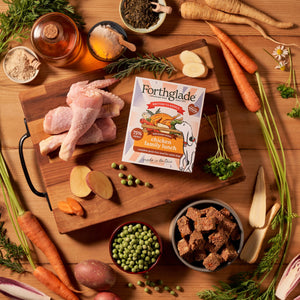
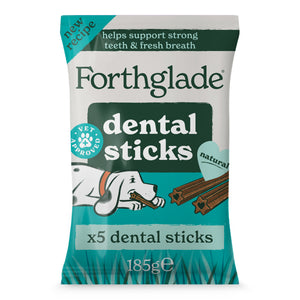
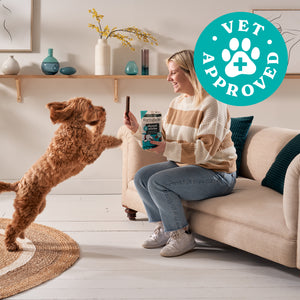
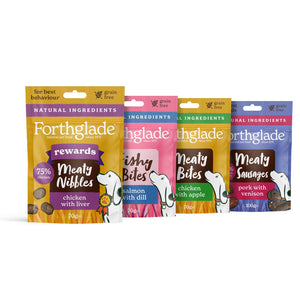
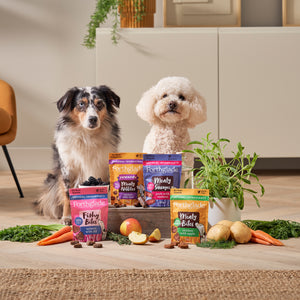


 Over 12,000 5* Reviews
Over 12,000 5* Reviews
 Subscribe & Save At Least 10% Off Every Order!
Subscribe & Save At Least 10% Off Every Order!


